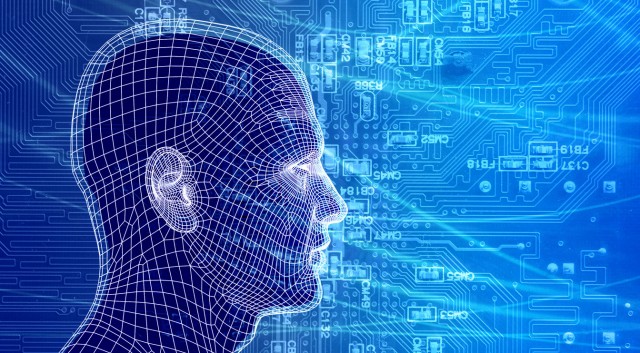Taking the potential of Artificial Intelligence a step further, a team of researchers from the National University of Singapore (NUS) used machine learning and non-invasive neuroimaging data to unravel valuable insights deep into the cellular structure of the human brain. According to scientists, this would aid in revealing key cellular properties of various regions of the brain, offering a broader avenue to diagnose neurological disorders.

Uncovering the Intricacies of the Brain
The human brain is the most complex organ that comprises of 100 billion nerve cells, which in turn are connected to millions of others. This intricate cellular connectivity poses a threat of severe impairment if even a small region of the brain is damaged or affected by a disease.
Until now, most studies pertaining to human brains are restricted to non-invasive methodologies, such as Magnetic Resonance Imaging (MRI). However, this does not aid in brain examination at the cellular level. Therefore, the approach does not provide in-depth insights into the diagnosis, causes, and treatment of different neurological diseases.
Several research teams have also harnessed “biophysical brain models” to simulate different activities of the human brain, facilitating understanding of the brain at the cellular level. However, most of these models are based on simplistic assumptions, i.e. “all brain regions have the same cellular properties,” which is untrue.
Building Virtual Models of the Human Brain
To overcome the limitations in studying the cellular architecture of the brain, Asst. Prof. Thomas Yeo and his team of researchers from NUS created brain models in which each region had unique cellular properties. They further used machine learning algorithms to estimate different parameters of the models automatically.
As stated by Dr. Peng Wang, “Our approach achieves a much better fit with real data. Furthermore, we discovered that the micro-scale model parameters estimated by the machine learning algorithm reflect how the brain processes information.” He is an author of the research paper and was a part of the team led by Asst. Prof. Yeo.
The team of NUS scientists discovered in their study that the cellular structure of the brain’s regions integral for sensory perceptions (hearing, vision, and touch) is different from those crucial for memories and thoughts. They used a methodology that helps estimate different parameters of the human brain automatically leveraging the information gathered from Functional Magnetic Resonance Imaging (fMRI). This will enable the neuroscientists to decipher the cellular architecture of various brain regions in a non-invasive and safer way. The approach can be used to determine potential treatment solutions for different neurological diseases, and to identify innovative therapies.
“Our study suggests that the processing hierarchy of the brain is supported by micro-scale differentiation among its regions, which may provide further clues for breakthroughs in artificial intelligence,” said Asst. Prof. Yeo. The researchers plan to implement the approach further to analyze the brain data of each participant, and how variations in the cellular structure may lead to disparity in cognitive skills.
sepStream® offers scalable and powerful enterprise PACS imaging solutions that help streamline your operations, boost productivity, minimize radiologist burnout, and ensure significant cost savings.